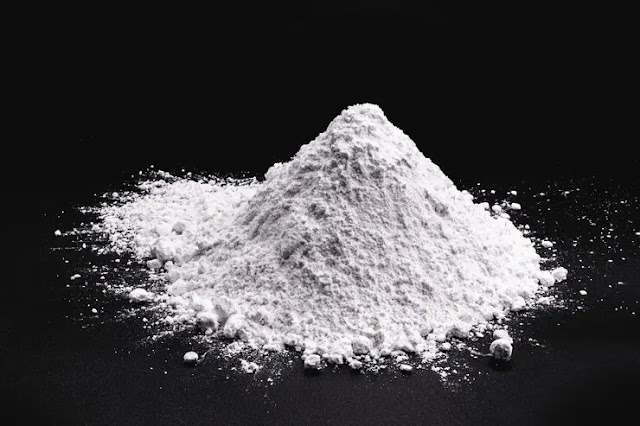Silica Dust: What It Is and Why It's Harmful?
After asbestos, silica dust causes the most harm to construction workers, and it can even lead to death in the worst-case scenario. Of course, it’s the legal and moral duty of the employer to make sure their employees are in a safe working environment by offering silica awareness training.
Employees working in high-risk industries like construction, stone cutting, mining, and sandblasting should also educate themselves about what silica dust is and why it is harmful to their health to prevent threats to their lives. Hence, this article explains everything that you need to know about silica dust. Read below to discover!

What is Silica Dust?
After oxygen, silica or silicon dioxide is the most abundant element in the Earth’s crust. It is naturally found in sand, soil, stones, clay, and rocks.
Silica itself doesn’t cause any harm to your health. However, silica no longer remains silica as soon as it is “disturbed”. Instead, it becomes a health hazard, called “silica dust”.
What is actually meant by “disturbed” is that when workers cut, grind, and drill materials containing silica, like sand, stones, and rocks, silica dust particles are released into the air.
These dust particles are so small that you can’t even see them with a naked eye. They can easily enter your body and cause significant damage to your health over time.
Why is Silica Dust Harmful?
Silica dust is classified as a lung carcinogen, meaning that it is capable of causing cancer. It usually affects one’s respiratory system upon exposure and leads to several other life-threatening conditions. People working in high-risk industries typically don’t feel the symptoms right after exposure. It can take anywhere up to 5 years when the symptoms start showing. Therefore, it can be pretty hard to tell if silica dust was the reason for a hazardous disease.
It can cause several lung problems which may make it hard for you to breathe and you may also feel extremely weak and cough persistently. Some of the lung problems are listed below:
● Inflammation and scarring of the lung tissue
● Lung cancer
● Bronchitis
● Silicosis
Do you know that silicosis is a life-threatening and irreversible condition? It can never be cured, however, you can alleviate the symptoms only.
Silicosis occurs when you inhale silica dust, and it scars/damages your lung tissue. Obviously, if your lungs aren’t in their best condition, you will find it hard to breathe.
Over the years, if the symptoms aren’t managed, you may develop other deadly health conditions such as chronic obstructive pulmonary disease, kidney disease, chest infections, and pulmonary hypertension.
How to Reduce Risks Associated With Silica Dust?
As an employer, it’s your responsibility to conduct training related to silica dust, so the workers can better manage and prevent the risks.
Separate protective clothing should be provided to employees, so they don’t get contaminated and the people they interact with.
Workers should work in proper conditions, properly wash their hands before they eat or drink, and wearing personal protective equipment (PPE) and respiratory protective equipment (RPE) can further reduce their exposure.

No comments